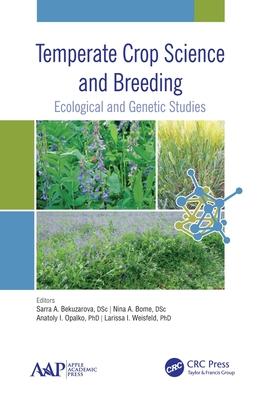This new collection covers a wide variety of research on the ecological aspects of crops growing under stress conditions due to atmospheric changes and pollution and the impact on both plant and human health. The book provides research that will help to find ways to overcome adverse abiotic environmental factors and unfavorable anthropogenic pressures on crop plants, which also eventually impact human health.
Divided into six parts, leading authors from many institutes provide and share new knowledge gained from studies on ecological and genetic controls of plant resistance to various adverse environmental factors. Geneticists and breeders are creating new cultivars and hybrids of crops, which greatly expand the range of source material. The book includes a range of material on the biology, genetics, and breeding of crops, taking into account ecological and climatic conditions, with emphasis on the impact to humans. The main agricultural crops are studied: cereals, fodder crops, and horticultural plants. The chapters include the interaction of plant-soil-environment, ways of using plants as anticancer drugs, and other important problems and trends in agricultural and nature management.
The role of different genetic and agronomical approaches to improving plant productivity and seasonal and profile dynamics of elements of soil acidity are considered. With the increasing demand and consumption of vegetables and fruits (by themselves or as additions to other foods), new agricultural methods are needed to overcome the deficit, and these new methods pose new concerns.
The book includes:
- Plant breeding under adverse conditions of acid soils
- New studies in horticultural crop science
- Ecological peculiarities of particular regions and cytogenetic anomalies of the local human population
- Phenogenetic studies of cultivated plants and biological properties of the seeds
- Anthropogenic pressure on environmental and plant diversity
- Methods of evaluation of the quantitative and qualitative characters of selection samples
The research found here will be valuable to agricultural engineers and others and is applicable at both regional and international levels.












